The Apple Watch Review
by Joshua Ho & Brandon Chester on July 20, 2015 8:00 AM EST- Posted in
- Wearables
- Apple
- Mobile
- Apple Watch
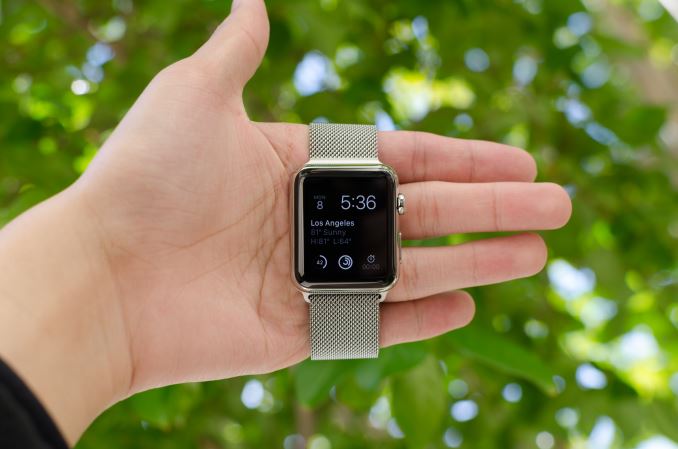
Prior to the launch of the Apple Watch, there had been rumors that Apple would make a watch for quite some time. In a broader sense, the wearables industry has become an area of significant interest as the next growth market after devices like tablets and smartphones as the high-end market became saturated and much of the growth that previously existed in the mobile space started to level out. This has resulted in a new alignment of markets and technology; the markets are ripe for a new device to recapture the wild growth of smartphones, and in the 8 years since the launch of the iPhone the inexorable march of Moore's Law has seen another 4 generations of improvements in technology. This time is finally right, it seems, to take a crack at something even smaller and more personal than the smartphone: the watch.
About two years ago, we put out our first wearable review, which examined Samsung’s Galaxy Gear. In the time since then, Android Wear has been launched, with numerous OEMs launching some form of wearable using Google’s wearable OS. However, Apple remained curiously absent from the field despite numerous rumors suggesting that Apple would soon launch a wearable. Last year, Apple announced the Apple Watch, but it wasn’t until just a few months ago that it finally went on sale.
Consequently, Apple didn’t get a first-movers advantage getting into wearables, though it remains to be seen whether that would even matter. As the creator of the iPhone and frequently on the cutting edge of technology and design, Apple had enough good will with the public to be late, and at the same time with all eyes on them they could not afford to screw up. The end result is that though by no means a slight towards Apple’s competitors, there is a clear distinction between everything that has come before the Apple Watch and everything that will come after. For the consumer market as a whole, the launch of the Apple Watch signifies that wearables have moved beyond the early adopter phase for techies, and are now being pitched at (and purchased by) the wider consumer market.
Normally, it’s easy enough to jump straight into what the device is and what’s new about said device, but in the case of the Apple Watch it’s really important that we explore the world in which this watch exists. The world is divided into people that wear watches, and people that don’t. Apple faces the distinct problem is trying to sell to both audiences, which have very different desires from a watch. The people that already have watches don’t want to give up the almost infinite battery life of conventional watches, high levels of water resistance, or anything else that is an accepted standard for watches.
The people that don’t wear watches are probably the closest thing to a clean slate that we’ll get when it comes to the wearable market. On a personal note, I fall into this camp, as I pretty much grew up in the age of widespread cellphone adoption. One of the convenient things about a phone is that they usually have the time on them, along with alarm and timer functionality. For me, this effectively meant that there was no point to wearing a watch. I also tended to have problems with the logistics involved in wearing a watch. In general, wristbands had an amazing tendency to either be too tight or too loose no matter how I adjusted the band. These issues were also compounded with any sort of physical exertion, as sweat tended to collect under the band which made wearing a watch noticeably more uncomfortable. These ergonomic issues, combined with the lack of functionality in a watch, ultimately made me stop wearing watches. Even before cellphones, wall-mounted clocks were more than sufficient for me when it came to checking the time, although I suspect I was far too young for time to really matter all that much.
Of course, I have been trying out various wearables over the course of the past few years. Although I didn’t try LG’s G Watch, I have been able to use the Pebble Steel and Motorola’s Moto 360. However, it was really a challenge for me to find anything to say about these wearables. They could definitely tell the time, and they had some extra functionality, but many of the same problems remained. The wearables I tested just weren’t all that comfortable to wear, and due to some technology limitations both weren’t really all that compelling to use. They could manage notifications, but other than that I found the functionality to be rather lacking. I often would forget to put them on at all before setting out for the day, and when I did I didn’t feel any particular need to go back to put it on my wrist. After a few months, I completely forgot about these wearables and stopped wearing them. At the time, I honestly felt like wearables could end up being another passing fad because it seemed most wearables faced similar barriers in terms of getting people to keep wearing them. Wearables like Fitbit suffered from a pretty significant abandonment rate, and given that I did the same for both the Pebble Steel and Moto 360 it increasingly felt like this would be a persistent problem.
In this context, it seems easy for Apple to fail. Generally speaking, no one has really figured out how to solve the problem of wearable adoption, chiefly because the functionality offered often wasn’t very compelling, and broadly speaking these wearables were often not well-designed. One of the first places we can start with the Apple Watch is the spec sheet. We can speak in empty platitudes about how specs don’t matter, but in the case of something like Apple Watch they definitely will. The right components won’t ensure success, but the wrong components can ensure a poor user experience.
| Apple Watch 38mm | Apple Watch 42mm | |
| SoC | Apple S1 520MHz CPU | Apple S1 520MHz CPU |
| RAM/NAND | 512MB LPDDR3(?) 8GB NAND |
512MB LPDDR3(?) 8GB NAND |
| Display | 1.32” 272x340 LG POLED | 1.5” 312x390 LG POLED |
| Dimensions | 38.6 x 33.3 x 10.5mm, 25/40/55/54 grams (Sport/Watch/Gold/Rose Gold) |
42 x 35.9 x 10.5mm, 30/50/69/67 grams (Sport/Watch/Gold/Rose Gold) |
| Battery | 205 mAh (0.78 Whr) | 246 mAh (0.93 Whr) |
| OS | WatchOS 1 | WatchOS 1 |
| Connectivity | 802.11/b/g/n + BT 4.0, NFC | 802.11/b/g/n + BT 4.0, NFC |
| Price | $349/549/10,000 (Sport/Watch/Edition) | $399/599/12,000 (Sport/Watch/Edition) |
As we can see, Apple has elected for some relatively conservative specifications. The SoC is relatively low power in nature, and the amount of RAM is probably about right for the kinds of tasks that a wearable will be used for at this time. The display is also of a decent resolution given the display size, and all the necessary wireless connectivity is present. It is notable that Apple is using a relatively small battery, but I suspect that this is necessary in order to fit all of the hardware into the casing of the watch. At least at a high level, it looks like Apple has put the right components into this wearable. However, it's going to take a deep examination of both technology and design to really figure out if Apple has avoided the pitfalls that I've discussed. One of the first and most obvious places to go first is the industrial and material design, which is what we'll talk about next.



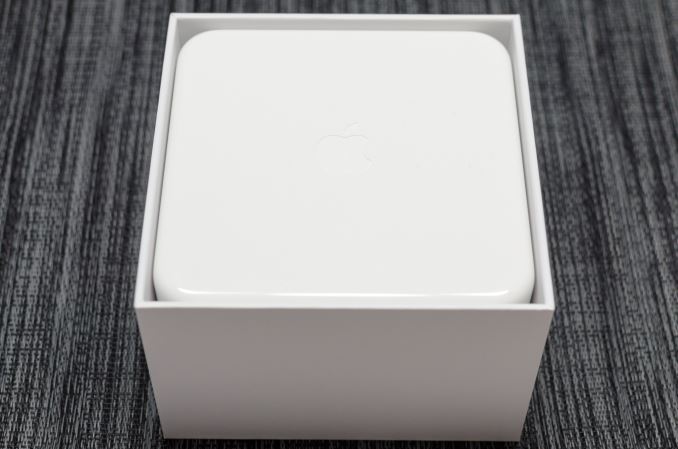
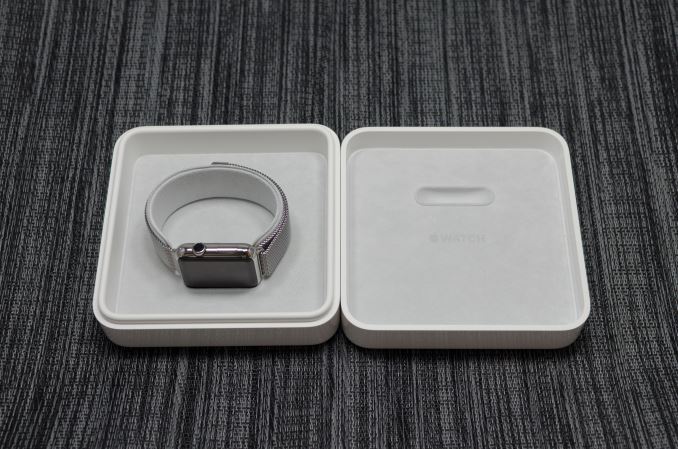
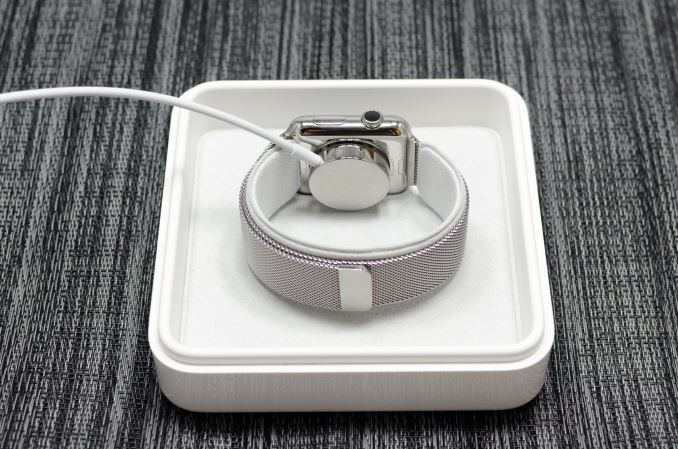

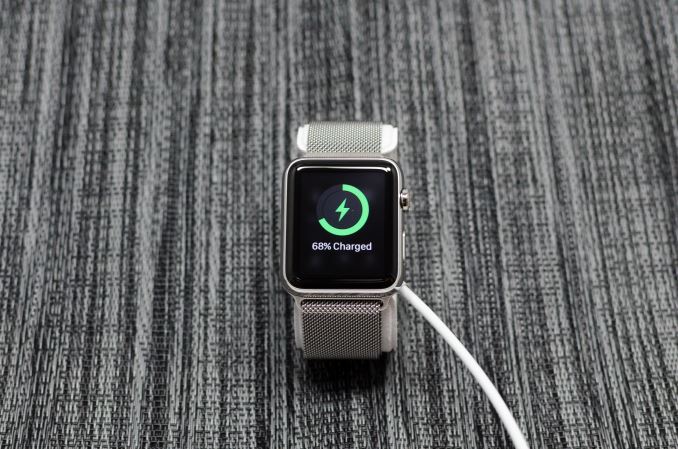








270 Comments
View All Comments
victorson - Wednesday, July 22, 2015 - link
Oh hey, here's a newsflash: it's not nerd rage over Apple's success, it's nerd rage over unjustified worshipping of Apple products by the media.Buk Lau - Tuesday, July 21, 2015 - link
Josh, if possible I think it's better if you listed all the smartwatches that you have used in the conclusion."For those still deciding on whether the first Apple Watch makes sense, I have no reservations in saying that it’s the best wearable I’ve ever used."
This line, although if thought logically people would understand that you have used a limited number of devices out of the many, but upon first impression it can be a bit misleading given that there is no clear comparison that you are giving here.
So I say if you want to clear things up more, you can list all or some smartwatches that you used in that sentence for a better expression. Just my 2 cents :D
thomasguide - Wednesday, July 22, 2015 - link
"the best wearable I’ve ever used" That's like saying you have the highest rated tv show on the Ovation network.lilo777 - Tuesday, July 21, 2015 - link
Unfortunately this review follows the very familiar pattern of the reviews for sub-par Apple products. When Apple device falls short on technical merits (no GPS, no 3/4G, mediocre battery life, nothing that would differentiate it from the cheaper - and in some cases better - competitors) the reviewers resort to praising the "experience" an "ecosystem". OK got it. The chore of charging you iPhone, iPad and Apple Watch daily now qualifies as a "great experience". And it's not like Apple makes your life easier offering wireless charging for iPhones and iPads. Other than that (or, sorry, as our beloved leader used to say: one more thing - no fast charging either) the experience is really great. Admittedly some people complained that with Apple Watch it was impossible to stand in lines over night but they will get used to it.deasys - Tuesday, July 21, 2015 - link
Surely you can do better than that, lilo777! For example, not only is the Apple Watch missing GPS, 3/4G, but what about a USB port, a video port for an external monitor, and a floppy disc slot! Yes, missing so much…lilo777 - Tuesday, July 21, 2015 - link
Apple apologists have a long history of denying usefulness of features that Apple devices lack only to be laughed at later when Apple eventually implements them: USB 3.0 in computers, barometers in smart phones, NFC, phablets, 7" tablets, ANT+, multi core processor for smart phones/tablets, 2GB RAM in smart pnones etc.But I can do better indeed. Here is an additional list of missing features in Apple Watch: Wi-Fi direct, blood oxygen censor.
mrochester - Wednesday, July 22, 2015 - link
That doesn't stop the Apple Watch from being great as it is now. The length of the feature list has little bearing on how good a device is.lilo777 - Wednesday, July 22, 2015 - link
If that were true Apple would never add a new feature but they do. They do deny the usefulness of the features their devices lack at first (remember the infamous Steve Jobs' statement about 7" tablets: "It's meaningless unless your tablet includes sandpaper, so that the user can sand down their fingers to around one quarter of their present size." ) then they implement them. I understand why many people get fooled by Apple PR but I do expect better from AT readers.beggerking@yahoo.com - Wednesday, July 22, 2015 - link
agreed.i've owned several Android watch phones over the years and all of them have longer battery life, micro sd, and are FULL functional phones costing hundreds less.
the reviewer is simply naive of whats been going on in the watch phone industry.
CGHMARTINI - Tuesday, July 21, 2015 - link
Thanks for the review.Things I learned here exclusively were details on the chip and on the display.
Things you added valuable details to were App integration and watch face customization.
The valuable thing I learned elsewhere was the annoying lag when the watch wakes up.
I also learned valuable stuff from the comments of Watch Owners, so I'd really appreciate the possibility of downrating trolls.
All in all I'll wait for another iteration - but then I'll buy it. By then I expect it to have, apart from the obvious:
- fluent IoT / smart home commander functionality
- medical condition alert escalation
- bio & sleep cycle based alarm clock functionality
- a lot more contextual awareness (my major reason to buy Apple over Google/Android is their design, a close second is that they are the only one that I trust not to barter my data to NSA, Insurance, Bank, Employer)
I'm already looking forward to the next big thing: AR !